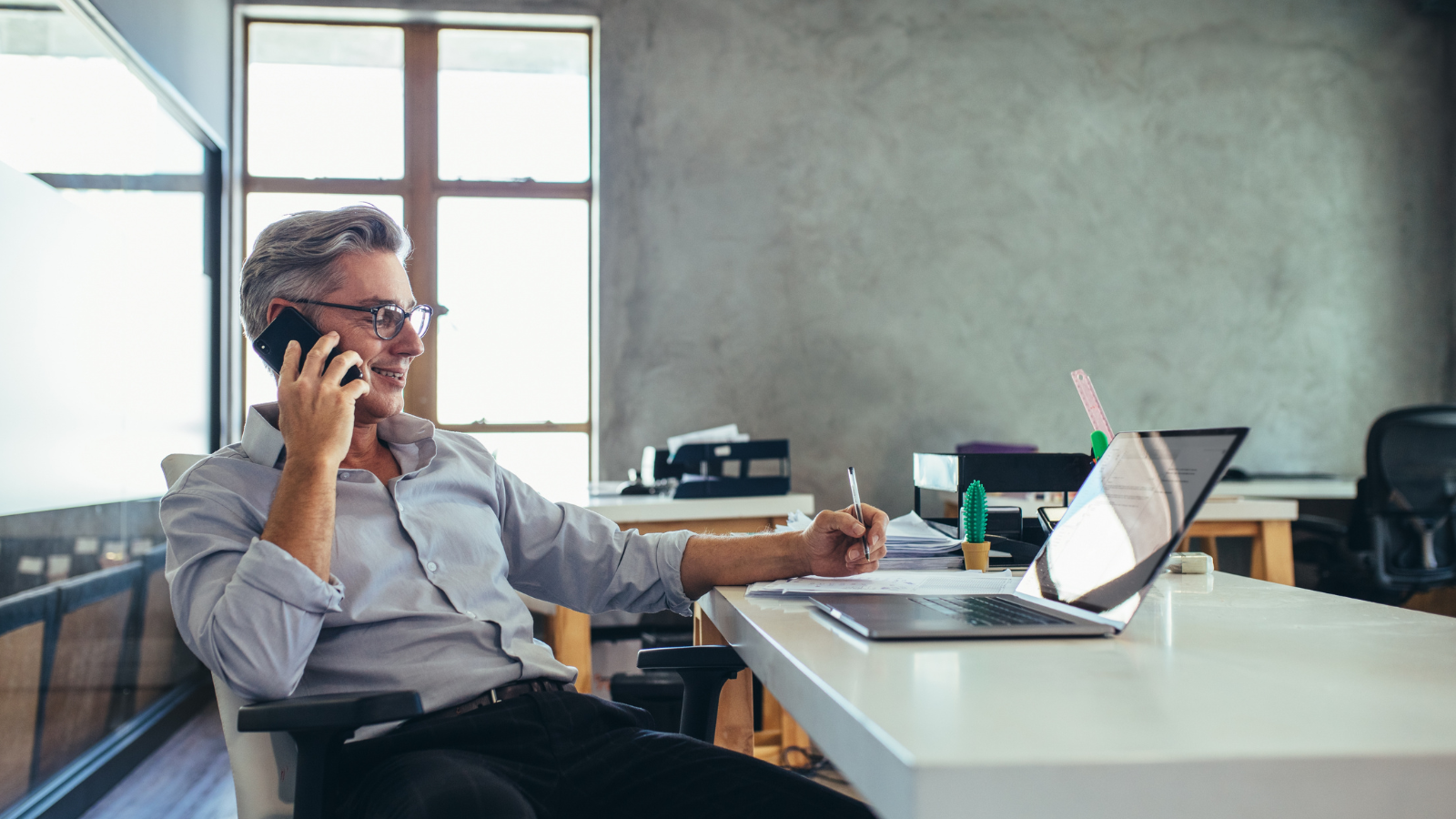Inbound Marketing Commandment #10: You Must Use a CRM
As part of the LeadG2 series on "The 10 Commandments of Inbound Marketing," today we're looking at the ninth of The 10 Commandments of Inbound...
4 min read
 LeadG2
:
June 12, 2023
LeadG2
:
June 12, 2023


In today's competitive business landscape, effective marketing and sales strategies are crucial for business success. An inbound marketing content strategy and outbound prospecting tactics are two powerful approaches that, when integrated, can supercharge your new business sales funnel.
In this blog post, we'll explore how integrating these strategies can increase conversion rates and grow your business.
Before diving into integration, let's first understand the fundamentals of inbound marketing. Inbound marketing is a customer-centric approach that focuses on attracting and engaging potential customers through the use of valuable and relevant content. It leverages content creation, optimization, and distribution to drive organic traffic, nurture leads, and build long-term relationships.
There are many benefits to implementing an inbound marketing strategy including:
1. Attracting qualified leads: By creating high-quality and targeted content, you can attract high-quality prospects who are genuinely interested in your products or services.
2. Building brand authority and thought leadership: Consistently publishing valuable content positions your brand as a trusted industry resource, enhancing your authority and credibility to both prospects and existing customers.
3. Establishing trust and credibility: By providing informative and educational content, you can build trust with your audience, making them more likely to engage and convert.
To create an effective inbound content strategy, you need to consider several key elements:
1. Target persona research: Gain a deep understanding of your different customers’ needs, pain points, and preferences to create content that resonates with them.
2. Content creation and optimization: Develop valuable and engaging content that addresses each persona’s challenges, incorporating SEO techniques to improve visibility and organic reach.
3. Distribution channels: Identify the platforms and channels where your target personas spend their time and distribute your content accordingly (e.g., blog, social media, email, etc.).
4. Lead capture and nurturing: Implement lead capture mechanisms such as opt-in forms and landing pages, and utilize automated nurturing campaigns to guide leads through the sales funnel.
While inbound strategies focus on attracting potential customers to you, outbound prospecting tactics involve actively reaching out to prospects you’ve identified. Let's explore both traditional and modern outbound tactics commonly used in B2B settings:
1. Cold calling: Proactively contacting potential leads via phone calls to introduce your products or services and initiate conversations.
2. Email: Sending personalized and targeted emails to prospects to spark interest and establish connections.
3. Direct Mail: Utilizing physical mail to send personalized and attention-grabbing materials to prospects, creating a tangible touchpoint.
4. Networking: Attending industry events, conferences, and trade shows to connect with potential customers face-to-face and build relationships.
1. Personalized outreach: Craft tailored messages and engage with prospects on a one-on-one basis, showing genuine interest in their needs and challenges.
2. Social media prospecting: Leverage professional networks like LinkedIn to identify and connect with potential leads, engaging them through valuable content and personalized messages.
3. Account-based marketing (ABM): Focus on targeting specific high-value accounts and create personalized marketing campaigns tailored to their unique needs and pain points.
Now, let's explore why integrating your inbound marketing efforts with outbound prospecting tactics is a game-changer for most B2B businesses.
By leveraging the content created through your inbound strategy in outbound prospecting, you can have more meaningful and productive conversations with potential customers.
Integrating both strategies expands your reach and allows you to connect with a wider range of potential customers, increasing your chances of generating qualified leads and converting them into customers.
Integration ensures that your messaging remains consistent across all touchpoints, providing a cohesive and seamless experience for your prospects and customers. It allows you to target specific segments effectively, tailoring your content and outreach to their unique needs.
Integration creates a unified brand identity, reinforcing brand recognition and recall. When your prospects encounter consistent messaging and valuable content at various stages of their buyer's journey, they are more likely to remember and trust your brand.
To successfully integrate your inbound marketing with your outbound prospecting tactics, consider the following best practices:
1. Define target personas and ideal customer profiles: Align your content creation and outbound efforts with the specific characteristics and preferences of your target persona. This ensures that your messaging resonates with the right people.
2. Align content creation with outbound messaging: Use insights from your outbound prospecting efforts to inform your content creation strategy. Tailor your content to address the pain points and challenges identified during outreach.
3. Utilize inbound insights for personalized outreach: Leverage the data and insights gained from your inbound strategy to personalize your outbound messaging. Customize your outreach based on the interests and behaviors of your prospects to make a stronger impact.
4. Measure and analyze the combined efforts: Establish clear metrics and tracking mechanisms to assess the performance of your integrated strategy. Monitor key indicators such as lead generation, conversion rates, and engagement to identify areas for improvement.
5. Continuously optimize and adapt the integrated strategy: Regularly review and refine your integrated strategy based on the insights and feedback you gather. Stay agile and adapt your tactics to ensure maximum effectiveness.
To illustrate the benefits of integrating inbound and outbound, let's look at just a couple of simple examples to help paint the picture of how this works:
1. Company XYZ seamlessly incorporates its valuable blog content into its outbound sales email campaigns, providing prospects with relevant articles and resources to engage them in meaningful conversations throughout the sales process.
2. Company ABC combines its social media prospecting efforts with its inbound content strategy. They create targeted content pieces that address the pain points of specific industry segments and share them on LinkedIn, generating leads and building thought leadership.
Integrating your inbound marketing strategy with your outbound prospecting tactics is a powerful approach that can drive real ROI. By combining the strengths of both strategies, you create a holistic and customer-centric marketing and sales approach that delivers results.
Remember to define your target persona, align your messaging, leverage inbound insights, measure your performance, and continuously optimize your integrated strategy. By implementing these best practices and learning from successful case studies, you can harness the full potential of integration and unlock new levels of success for your business.

As part of the LeadG2 series on "The 10 Commandments of Inbound Marketing," today we're looking at the ninth of The 10 Commandments of Inbound...

As part of the LeadG2 series on "The 10 Commandments of Inbound Marketing" we will look at each of these ten commandments and why these principles...

1 min read
A lot of business leaders say their organization is executing an inbound marketing strategy, but many still aren’t exactly sure what inbound...